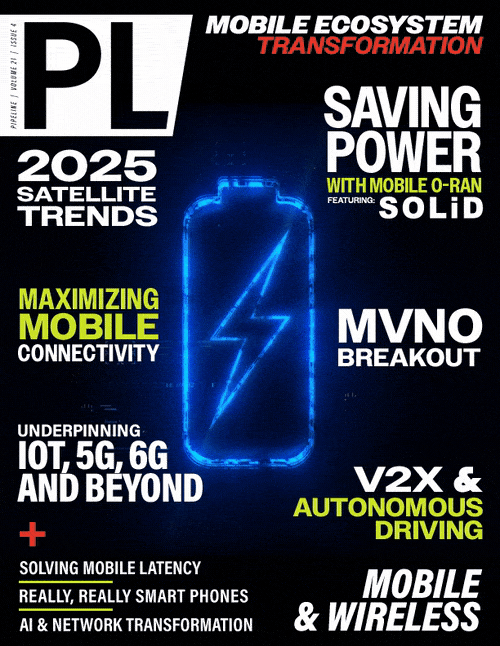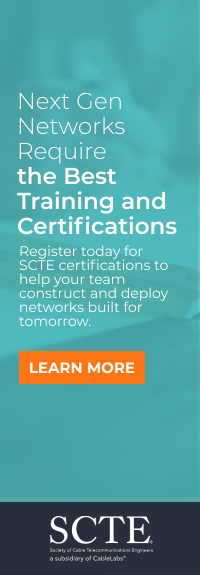How O-RAN Delivers Sustainable, Economical
Mobile Connectivity Everywhere
As the evolution of neutral-host RAN sharing infrastructure advances interoperability between Open RAN and DAS technologies, O-RAN signal sources will reduce power consumption and space requirements while simplifying and accelerating deployments.
RAN sharing method is the multi-operator RAN (MORAN) architecture. Due to the promise of this shared RAN technology, as well as the convergence of Open RAN and DAS infrastructure, the U.S.
National Telecommunications and Information Administration (NTIA) recently awarded a $27.68 million Public Wireless Supply Chain Innovation Fund grant to SOLiD to develop a MORAN-capable O-RU point of interface for multi-vendor DAS platforms. The resulting MORAN O-RU
signal source will enable multiple operators to access in-building configurations simultaneously, advancing open networks for neutral-host, indoor 5G service. In this way, MNOs can leverage
simple and economical use of the 5G spectrum for more efficient, scalable, and cost-effective design, deployment, and maintenance of in-building networks.
In the Real World
As the evolution of neutral-host RAN sharing infrastructure advances interoperability between Open RAN and DAS technologies, O-RAN signal sources will reduce power consumption and space requirements while simplifying and accelerating deployments. This evolution will allow MNOs to deliver scalable,
high-performance, seamless connectivity at a lower total cost of ownership (TCO). A case in point is a recent Open RAN deployment in the largest football stadium in Germany.
Mobile service infrastructure was recently upgraded at Signal Iduna Park in Dortmund, Germany, in advance of the stadium’s 50th anniversary. With four MNOs providing service to the stadium, this
landmark project was designed to provide seamless 5G and 4G coverage for more than 80,000 spectators, bringing football fans an exceptional, high-speed, digital experience at every seat.
Three of the MNOs deployed traditional 5G RAN signal source configurations, while one deployed an Open RAN configuration. This deployment included a SOLiD O-RU signal source paired with DAS and
massive MIMO (mMIMO) antennas to deliver improved 4G and 5G QoS throughout the stadium. In the Open RAN configuration, the DAS interface unit (DIU) signal sources for both 4G and 5G required only
two racks, whereas the other three MNOs each required 300 square feet to contain their infrastructure.
Yet, this innovative advancement not only drastically decreases the equipment footprint, it also reduces hardware costs and power consumption. In fact, the nominal power budget for the Open RAN
signal sources was approximately 80 percent less than the average of the other three MNOs deploying traditional RAN signal sources. While these savings are impressive for a single MNO, a
Multi-Operator Open RAN DIU signal source will allow the benefits to be significantly multiplied, reducing TCO and further improving sustainability.
With ongoing development, MORAN signal sources will provide several bands for multiple network operators. This will further reduce the hardware, power, and cooling costs, as well as the total
footprint. For example, in the case of the Signal Iduna Park stadium
deployment, the equipment footprint could be reduced from 1,200 square feet to four racks, representing a substantial improvement in how real estate is used for even more significant cost
savings.



















